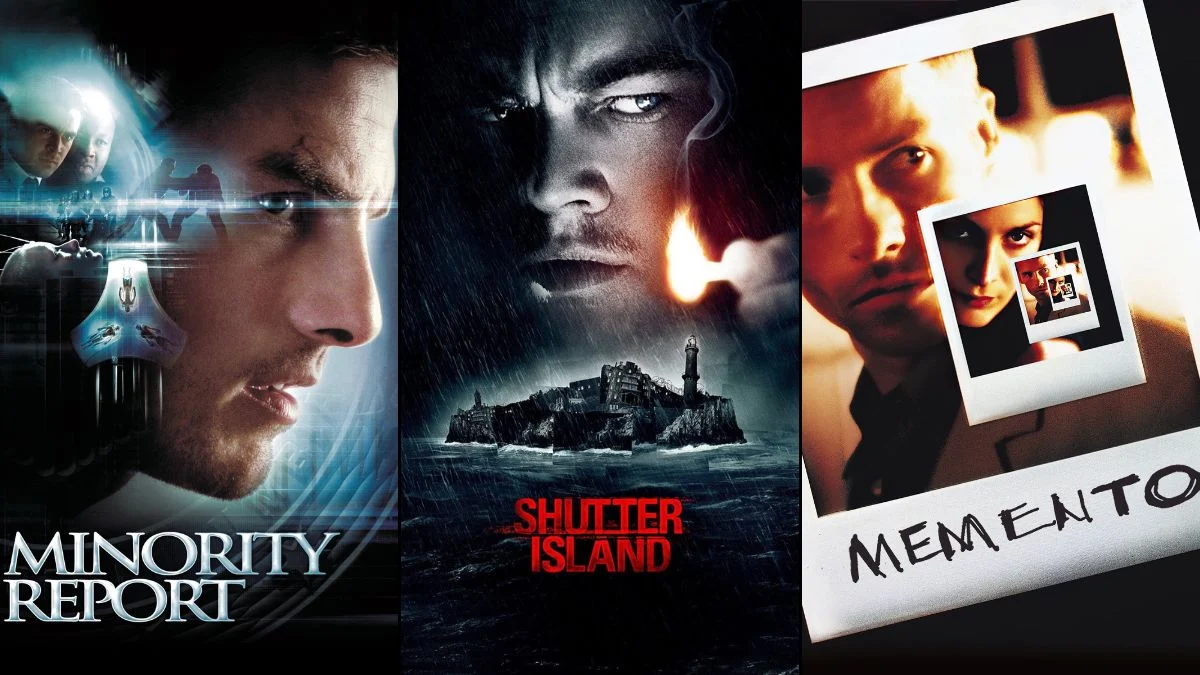
Certain stories deeply disturb us by making the familiar feel unreliable. These films play on our anxieties about being watched, secret motives, unreliable memories, and the unsettling possibility that things aren’t as real as they appear. They transform normal places into sources of unease, where even people we know could feel like dangers.
This collection features suspenseful thrillers, intriguing mysteries, and gripping science fiction films, all designed to keep you on the edge of your seat. Each entry explores how the movie builds tension through uncertainty and cleverly uses storytelling techniques to create a growing sense of dread.
‘The Conversation’ (1974)
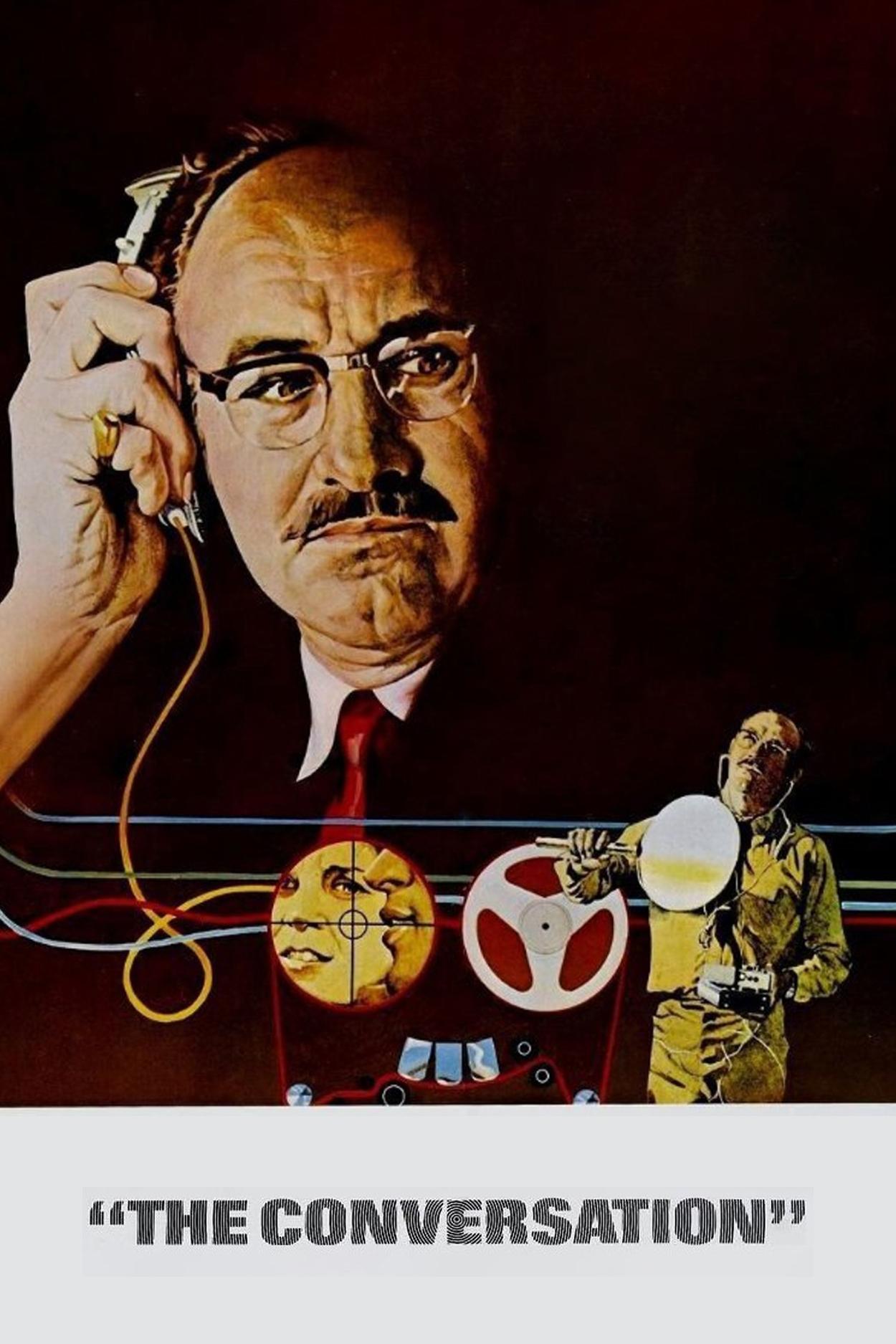
In the film, Gene Hackman portrays a surveillance professional who, while routinely monitoring phone conversations, stumbles upon hints of a possible crime he can’t confirm. The movie focuses on his detailed work with recording equipment, demonstrating how even slight changes in sound can lead to significant interpretations. Director Francis Ford Coppola crafts the story around these audio clues and explores the moral questions surrounding eavesdropping.
I found this film really unsettling, and intentionally so. It builds this incredible sense of unease through its long, unbroken shots and a constant wash of realistic city sounds. What struck me most was how the dialogue looped and repeated – it really got me thinking about how much we actually *know* and whether we can trust anything we’re told. The film’s portrayal of security work felt incredibly authentic, mirroring actual techniques used at the time, which made the whole experience feel disturbingly believable. I kept finding myself replaying scenes in my head, trying to piece things together, and that plausibility is what really stuck with me.
‘The Parallax View’ (1974)

Warren Beatty stars as a journalist digging into a mysterious company that seems to be finding and training hitmen. His investigation leads him through a series of deceptive job interviews, altered identities, and carefully planned scenarios designed to cover up their tracks. The film reveals how these kinds of recruitment operations can be disguised within ordinary hiring practices.
The movie famously uses a montage to influence the audience in the same way it affects the character. By filming in places like offices, airports, and government buildings, it suggests that secret activities can happen in plain sight. The film’s conclusion emphasizes how easily official stories can be created and covered up.
‘Three Days of the Condor’ (1975)
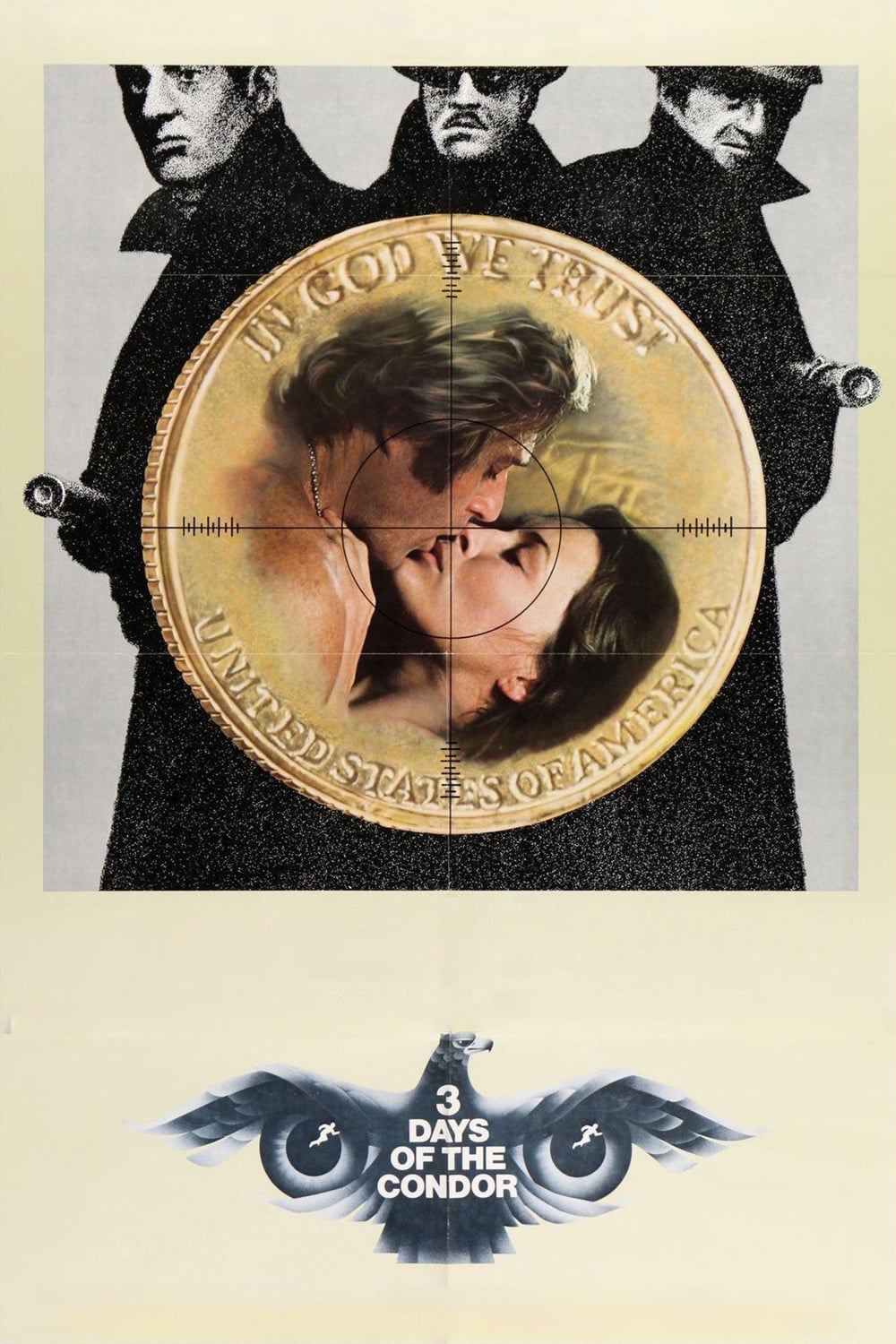
A CIA analyst working for Robert Redford discovers a secret, unauthorized operation after his team is wiped out. The plan involves classic spy techniques – secret exchanges, disposable phones, and fast background checks. The story primarily takes place in city apartments and shops, highlighting how easy it is to hide surveillance in plain sight.
This movie centers around how information flows and how publicly available data can uncover secret plans. The action, with its near misses in busy locations and short conversations about checks and balances, feels like a realistic police procedure. The film hints that the most dangerous risks might actually come from people within the organization itself.
‘Blow Out’ (1981)
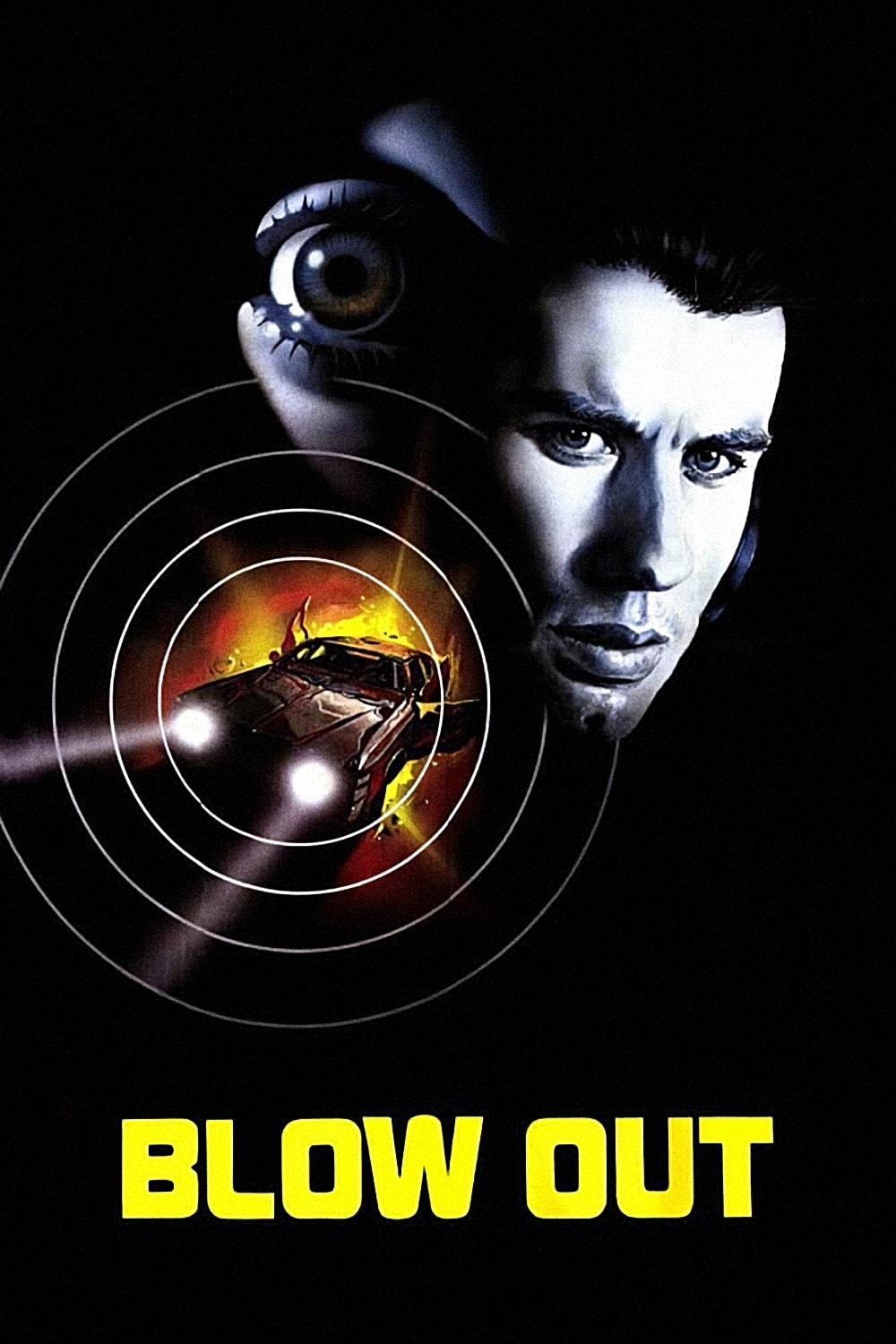
John Travolta stars as a sound technician who records a car crash and thinks the audio reveals a political conspiracy. The movie focuses on piecing together what happened by carefully analyzing the sound recording using audio equipment and a series of still images. Essentially, the tools of sound editing become the means of uncovering the truth.
The movie explores how older technologies can both show and hide the truth. Things like where a microphone is placed, wind sounds, and the static on tapes aren’t just technical issues—they become important parts of the story that need to be carefully adjusted. The investigation relies on meticulously re-recording and manually synchronizing audio, which creates tension because a key piece of information could easily be lost.
‘Invasion of the Body Snatchers’ (1978)
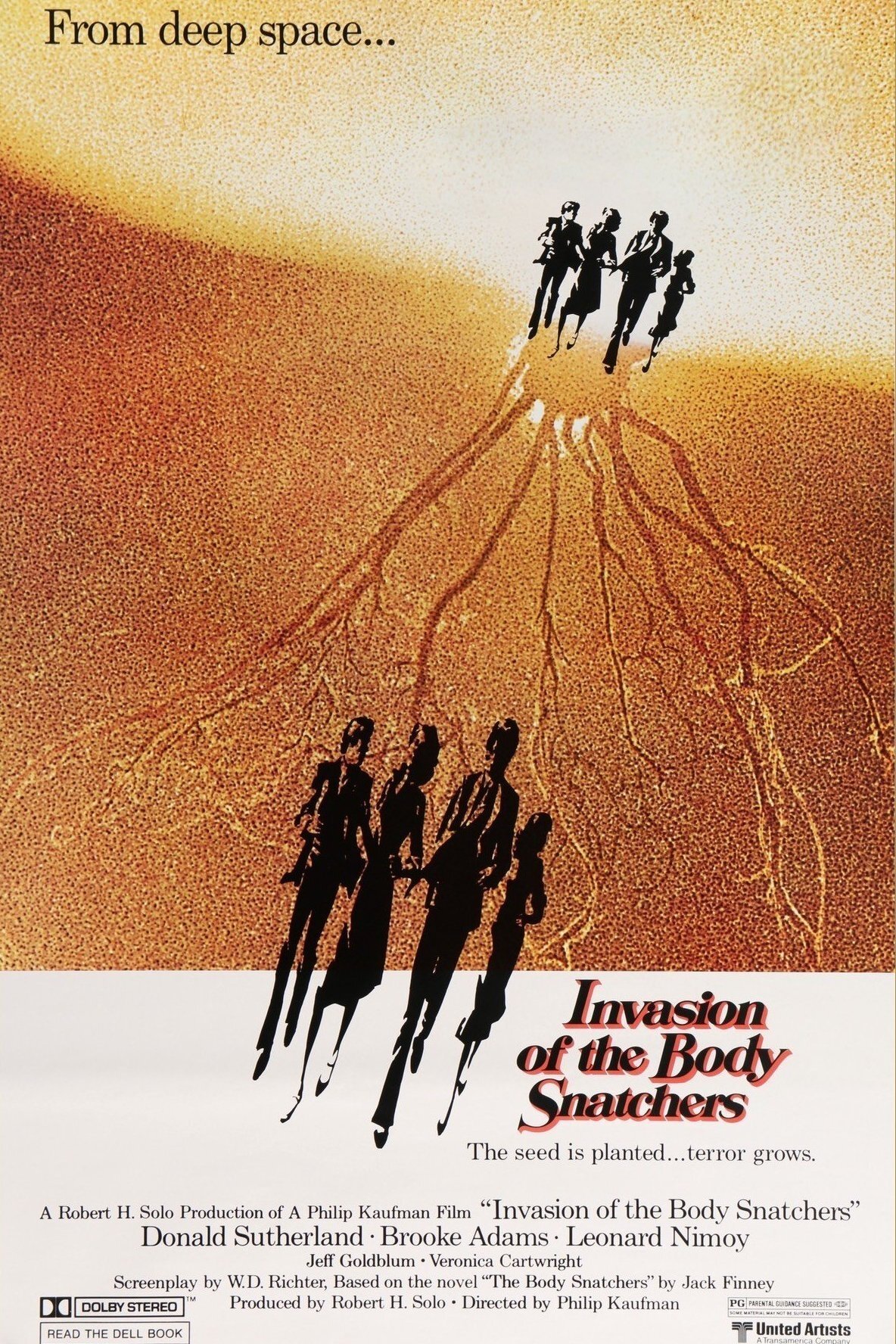
As a longtime San Francisco resident, I’ve been noticing something really unsettling – people I know just seem… different. It’s subtle, but it’s like they’re being replaced by something that *looks* like them, almost like plant-like pods are making copies. The movie really gets into how easily this happens, showing how things we take for granted – sleep, our daily routines, even just being polite – can be used against us. What’s really creepy is that it all happens in places we recognize – our offices, apartment buildings – making you realize how quickly an entire community could be taken over. It’s a seriously unsettling thought!
The film’s sound design focuses on quiet dialogue and faraway sirens, and the camera often dwells on emotionless faces and how groups move together. The story examines the dangers of remaining silent when everyone else agrees, and it uses realistic effects to make the changes characters go through feel real and impactful.
‘Rosemary’s Baby’ (1968)
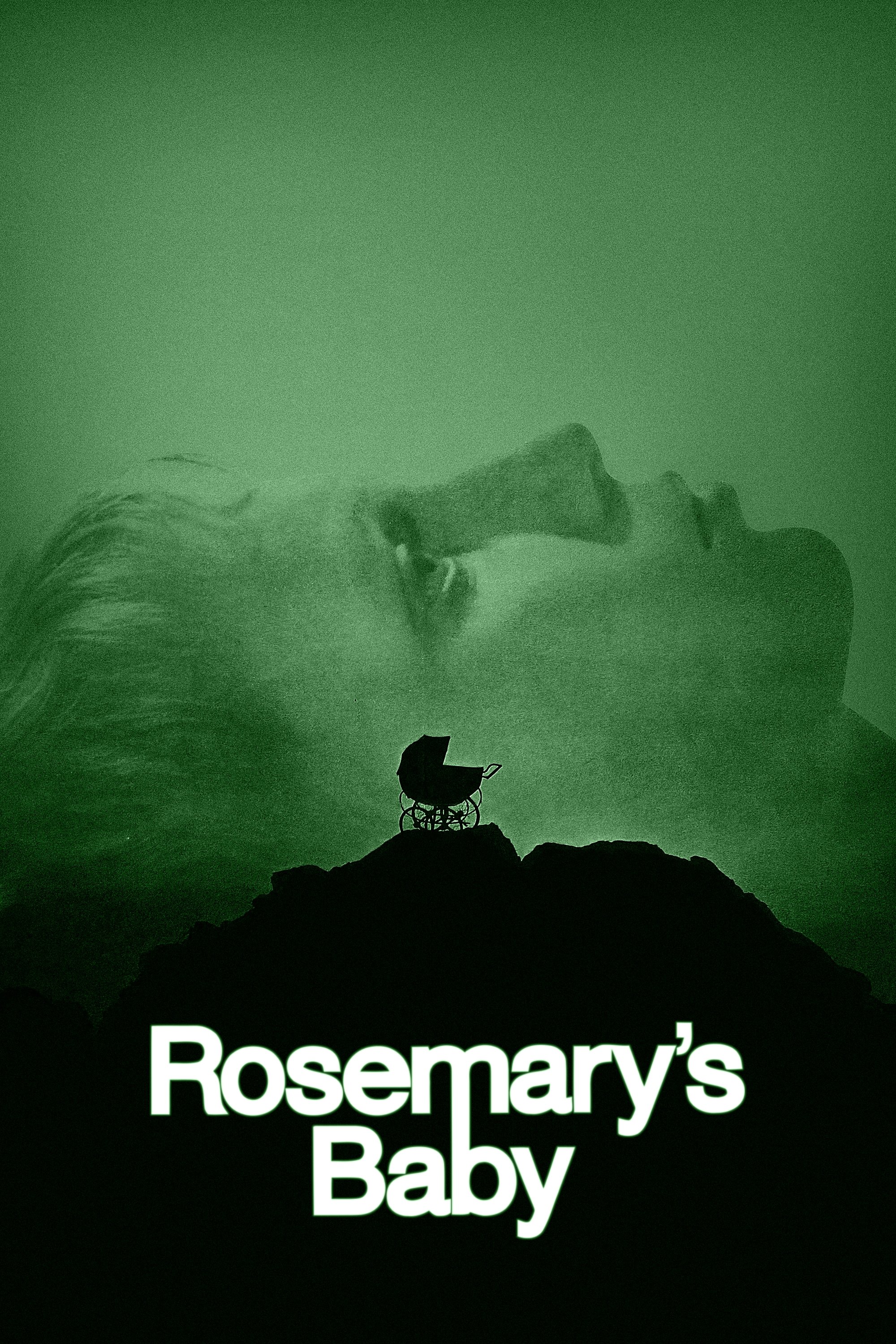
A young couple settles into a historic New York building and quickly forms a close relationship with their very caring neighbors. The story follows the couple’s medical care – including appointments and natural remedies – and frequent social visits, which gradually erode the protagonist’s independence. The film builds tension by focusing on everyday life and the trust placed in those providing care.
The movie highlights how close living spaces – like apartments with shared walls and hallways – can create a sense of being watched and invaded. The story builds on seemingly harmless favors that slowly turn into control, and the filmmaking focuses on details like doors, keys, and locked storage to emphasize this. Ultimately, the film shows how manipulation can develop from simple acts of kindness.
‘The Wicker Man’ (1973)
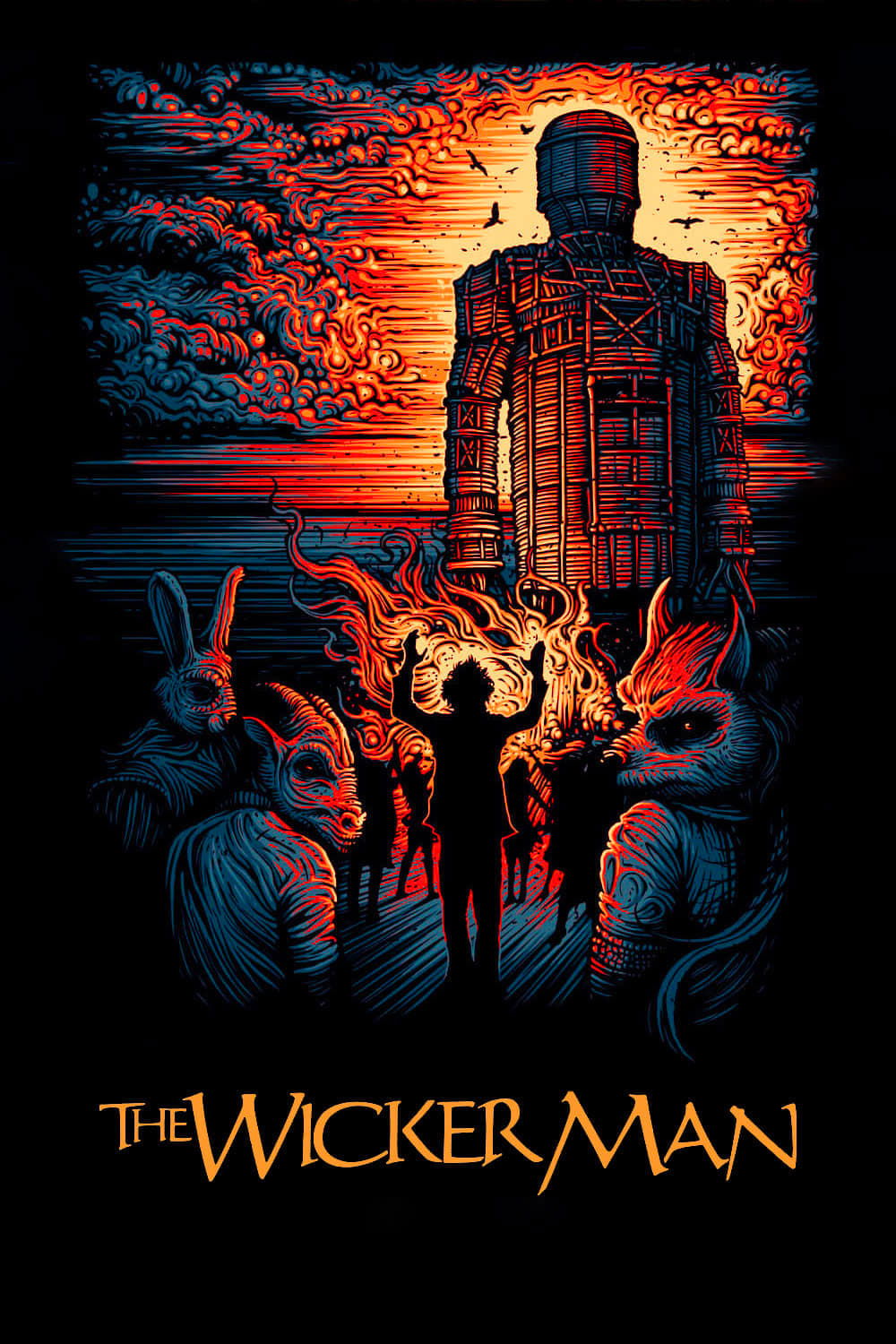
A police sergeant goes to a secluded island to search for a missing child and discovers a community with strange customs. The story realistically depicts a police investigation – including interviews, school checks, and reviewing church documents – and highlights how important information can be cleverly concealed.
Filming in remote coastal villages and countryside emphasizes the story’s sense of loneliness. The movie presents a collection of local songs, celebrations, and traditions that the detective needs to understand, creating a growing tension as his official investigation conflicts with the community’s way of life – a conflict that feels increasingly inescapable with each friendly interaction.
‘The Game’ (1997)
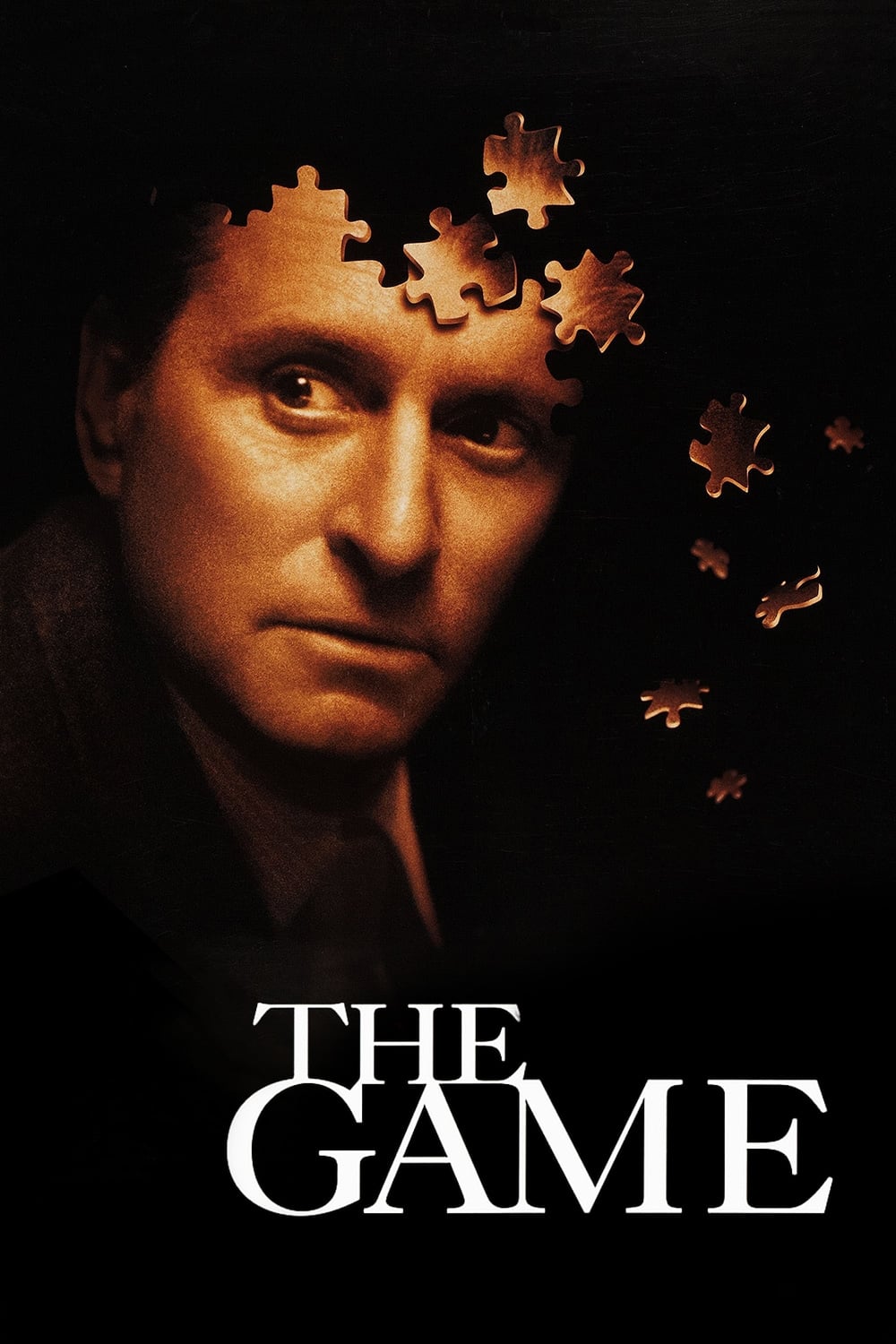
A rich banker is given a strange present by a company specializing in incredibly realistic, immersive experiences. Soon, his everyday life is turned into a real-life puzzle, carefully orchestrated with secret background checks, planned meetings, and precise timing. The story follows the behind-the-scenes details – things like bills, credit reports, and security logs – that make this elaborate experience possible.
The film’s production design transforms everyday locations – offices, hotel rooms, and alleys – into connected sets where everything is carefully planned. It explores how personal data can be used to create customized experiences, and reveals the complex planning required to make entertainment and reality feel seamless. The meticulous details and behind-the-scenes work add to the story’s believability.
‘Enemy of the State’ (1998)
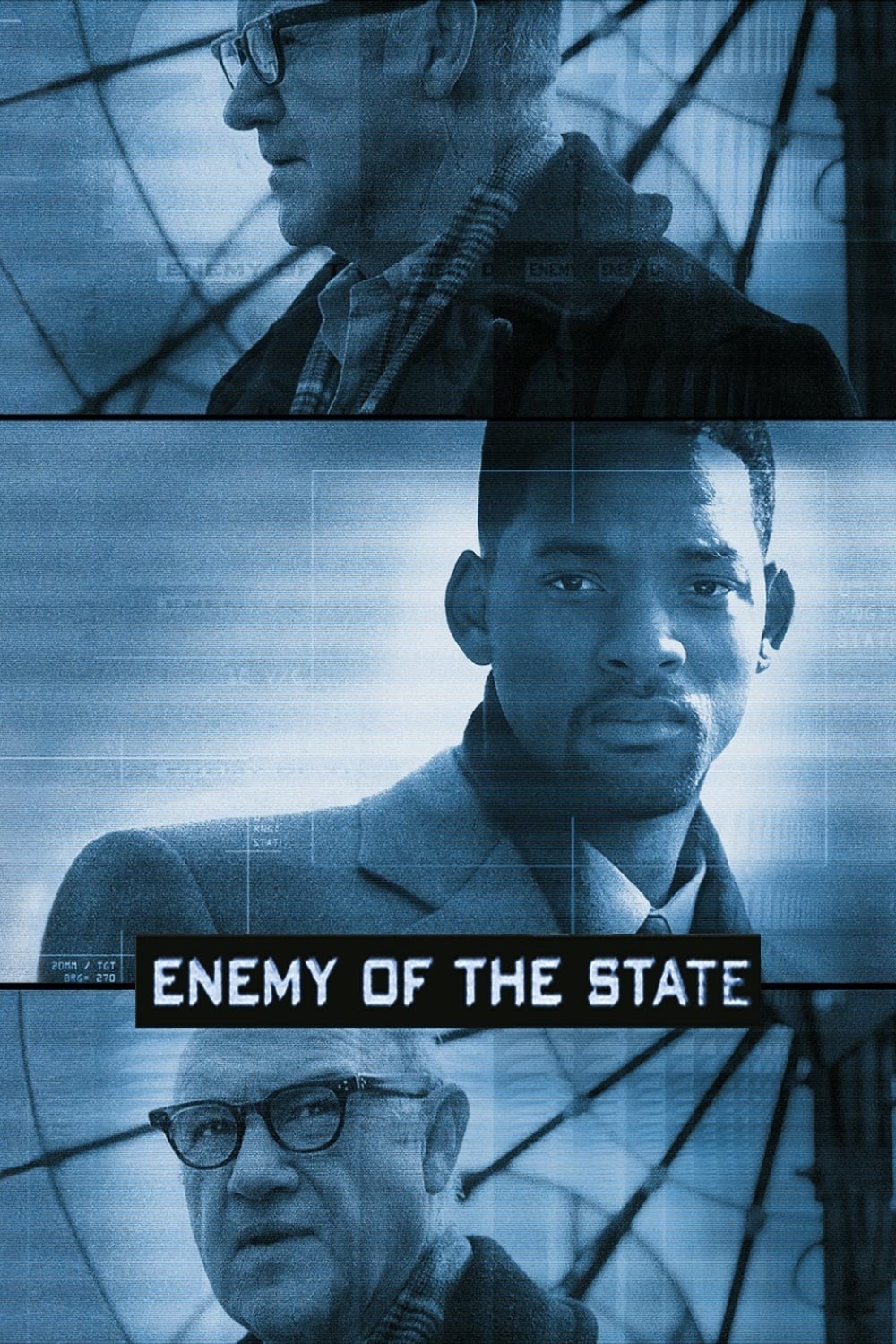
A lawyer specializing in labor law finds himself in danger when he accidentally receives a video connected to a political murder. The story involves complex tracking methods – using satellites, cell phone locations, and license plate readers – and how those systems can be cleverly evaded. It also depicts teams using disguises and changing clothes in stores to avoid being tracked.
The movie’s action sequences demonstrate how someone’s location can be tracked using data from various sources. It also shows how techniques like signal jamming, secret meeting points, and using the city’s layout can help someone evade pursuit. Essentially, the film offers a look at the methods used to locate and follow people in real time, showcased through a thrilling chase across the city.
‘The Truman Show’ (1998)
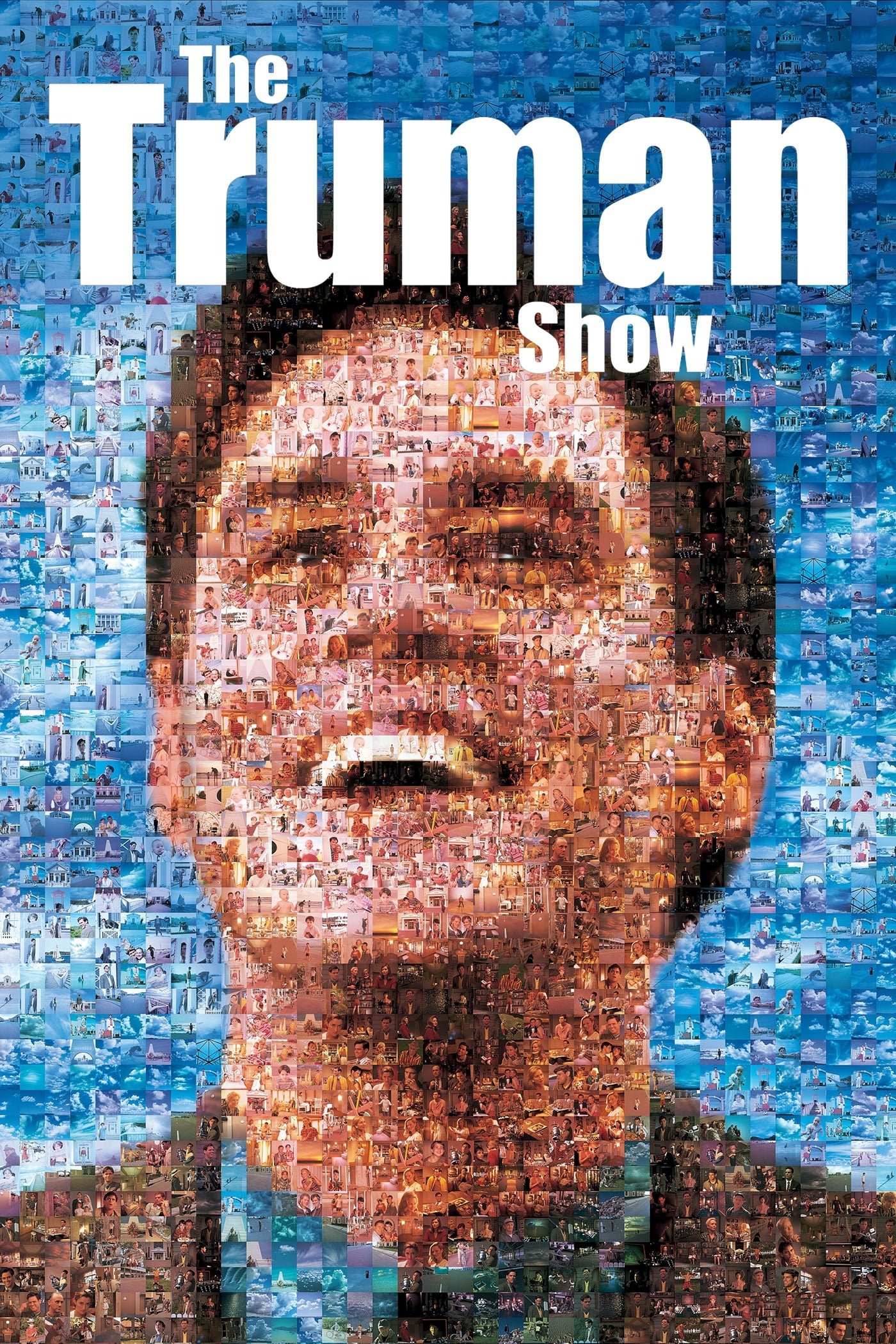
It’s unsettling to realize my whole life feels like a show I didn’t sign up for. Someone seems to be pulling the strings – controlling everything from the weather to what happens when I’m just driving to work or talking to people in my neighborhood. It’s like everything is carefully staged, with people subtly guided by instructions they receive in their ears, and even the scenery is designed to control what I see. It’s not real life, it’s a production!
The film reveals how product placement, sponsorships, and camera positioning are carefully integrated into scenes. It shows how filmmakers can manage large groups of extras while maintaining a sense of realism. The film also explains the technical side of this control, highlighting the use of control rooms and detailed cue sheets to create the illusion of spontaneity.
‘Memento’ (2000)
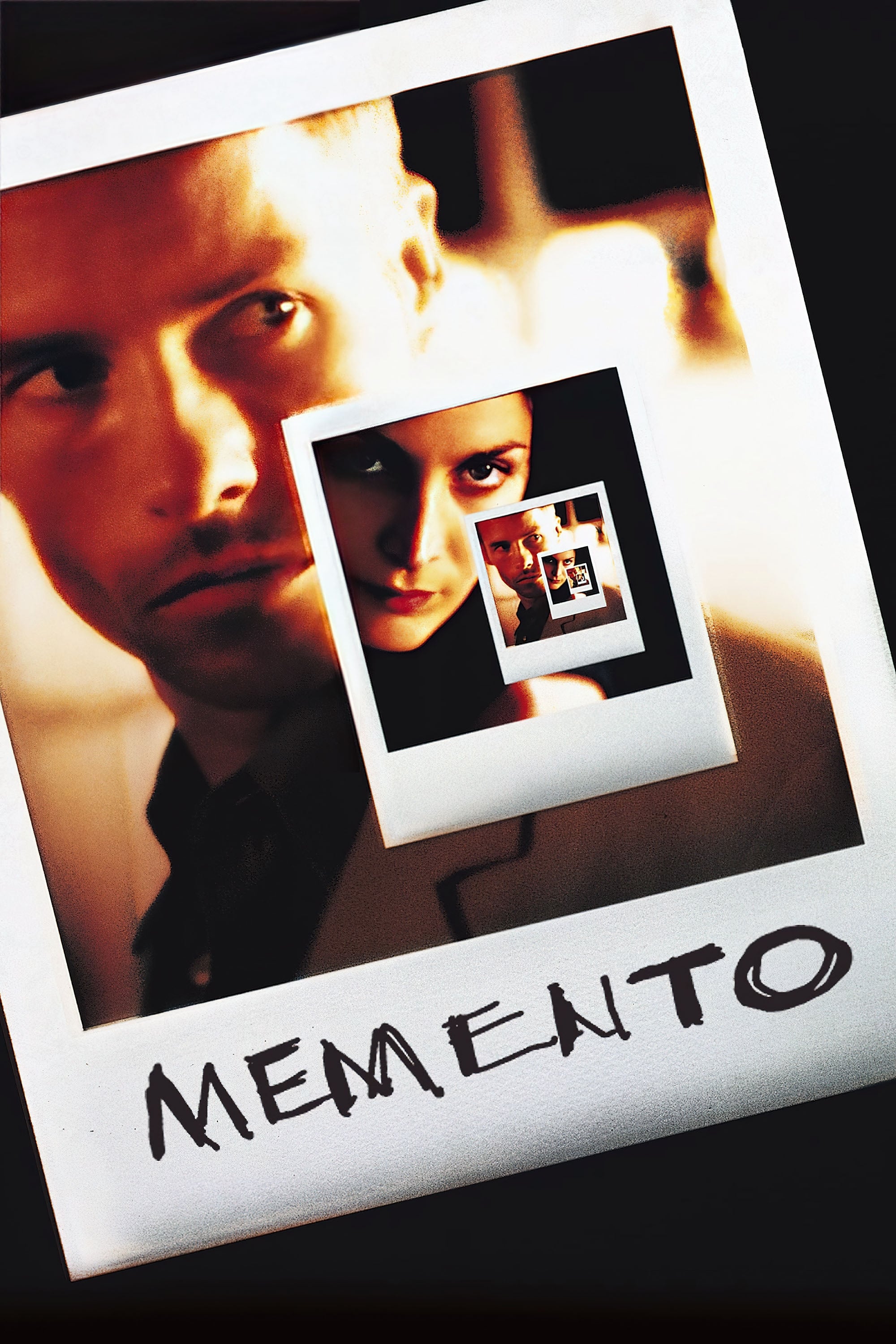
I recently saw this incredibly clever thriller about a guy who can’t form new memories. It’s about his search for his wife’s killer, and the way the story *unfolds* is just brilliant – it actually goes backwards! This perfectly reflects his memory loss, so every scene feels like you’re discovering things alongside him, constantly questioning what’s real. He uses these amazing handwritten notes and, get this, tattoos to keep track of clues and people. Plus, he’s always snapping Polaroid pictures – they’re like little snapshots of info he can carry around and actually *remember*, which is a really cool visual way to show how he’s managing everything.
The movie demonstrates how records were kept before computers and highlights how easily these systems could be manipulated. It shows how details like names, license plates, and hotel rooms could be altered to construct a false story. However, this method relies on perfect accuracy – even one incorrect detail can expose the deception.
‘Minority Report’ (2002)
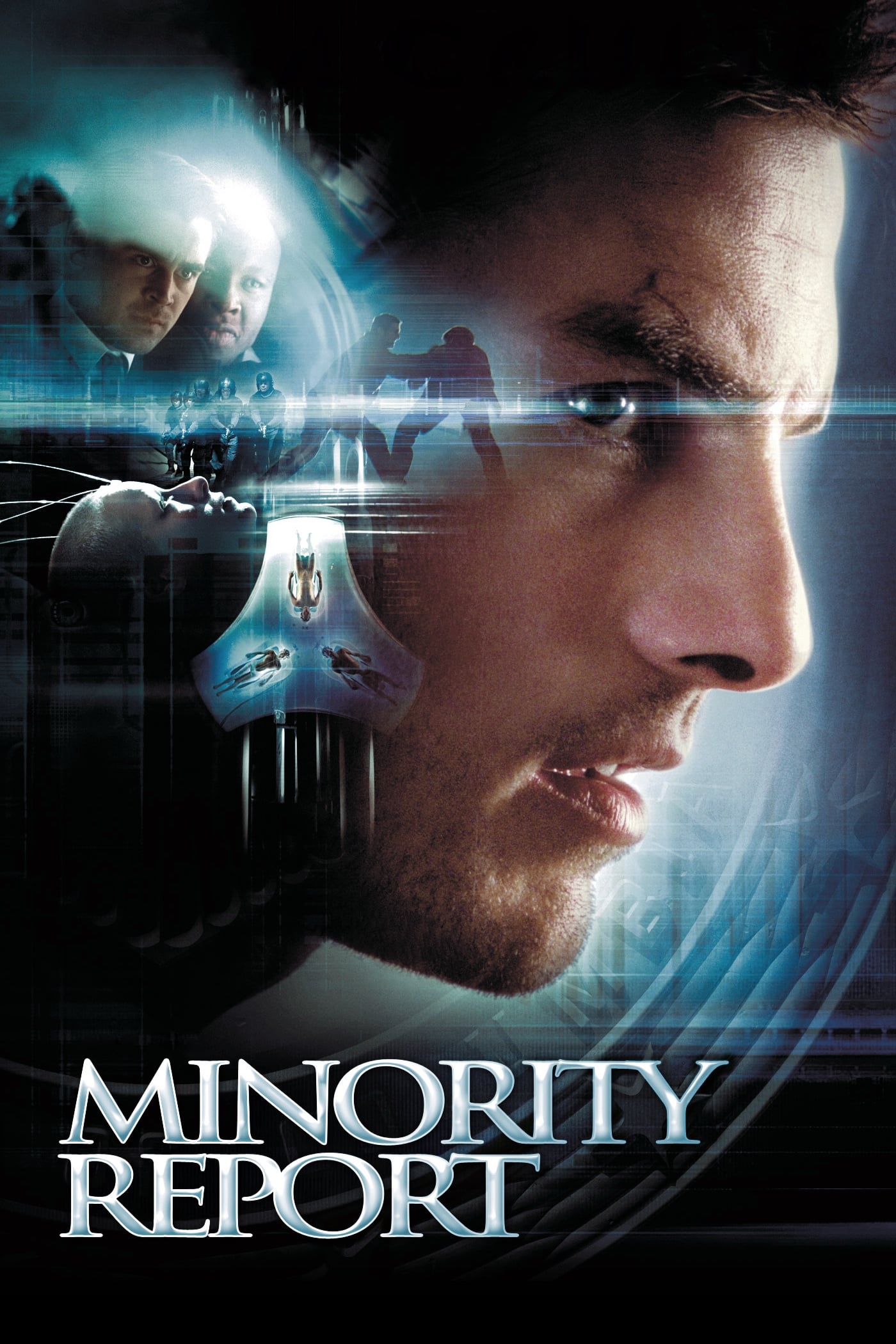
In the future, a dedicated police team stops crimes *before* they happen, using predictions from individuals with precognitive abilities. The story centers around how these visions are handled – from secure storage to being used as evidence – and the danger of someone manipulating or faking a prediction. A widespread system of eye scans and personalized advertising allows authorities to instantly identify anyone in the population.
This film explores a future where people bypass security systems using illegal eye replacements and hidden safe havens. It demonstrates how advanced video analysis tracks movements, and highlights that even a small flaw in data collection can alter official results.
‘Zodiac’ (2007)
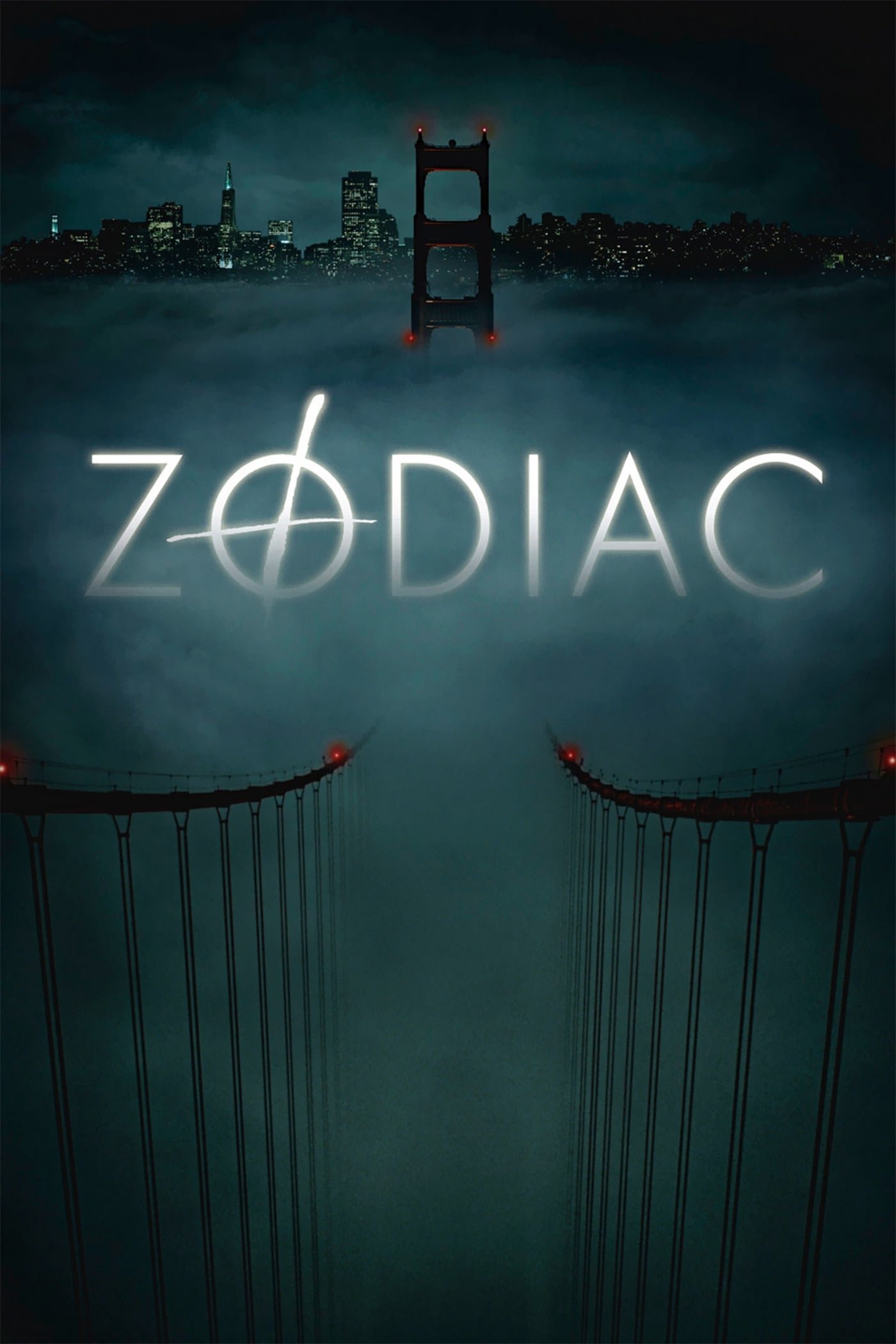
As a movie buff, I’m always fascinated by crime thrillers, and this one really gets into the nitty-gritty of a decades-long serial case. It follows the detectives and reporters as they hit wall after wall, getting close a few times but never quite nailing it. What’s cool is how it shows all the work – different agencies working together, endless interviews, even analyzing handwriting. You see how tips pour in from the media, but everything has to be checked out. Honestly, it really captures how a case can become all-consuming, basically taking over the lives of everyone involved.
This story focuses on how authority changes hands and how trustworthy people really are. It explores the difficulties of handling evidence when investigations cross county lines, and the personal toll it takes on those involved while a danger to the public still exists. The details steadily build tension throughout the narrative, creating a constant sense of pressure.
‘Shutter Island’ (2010)
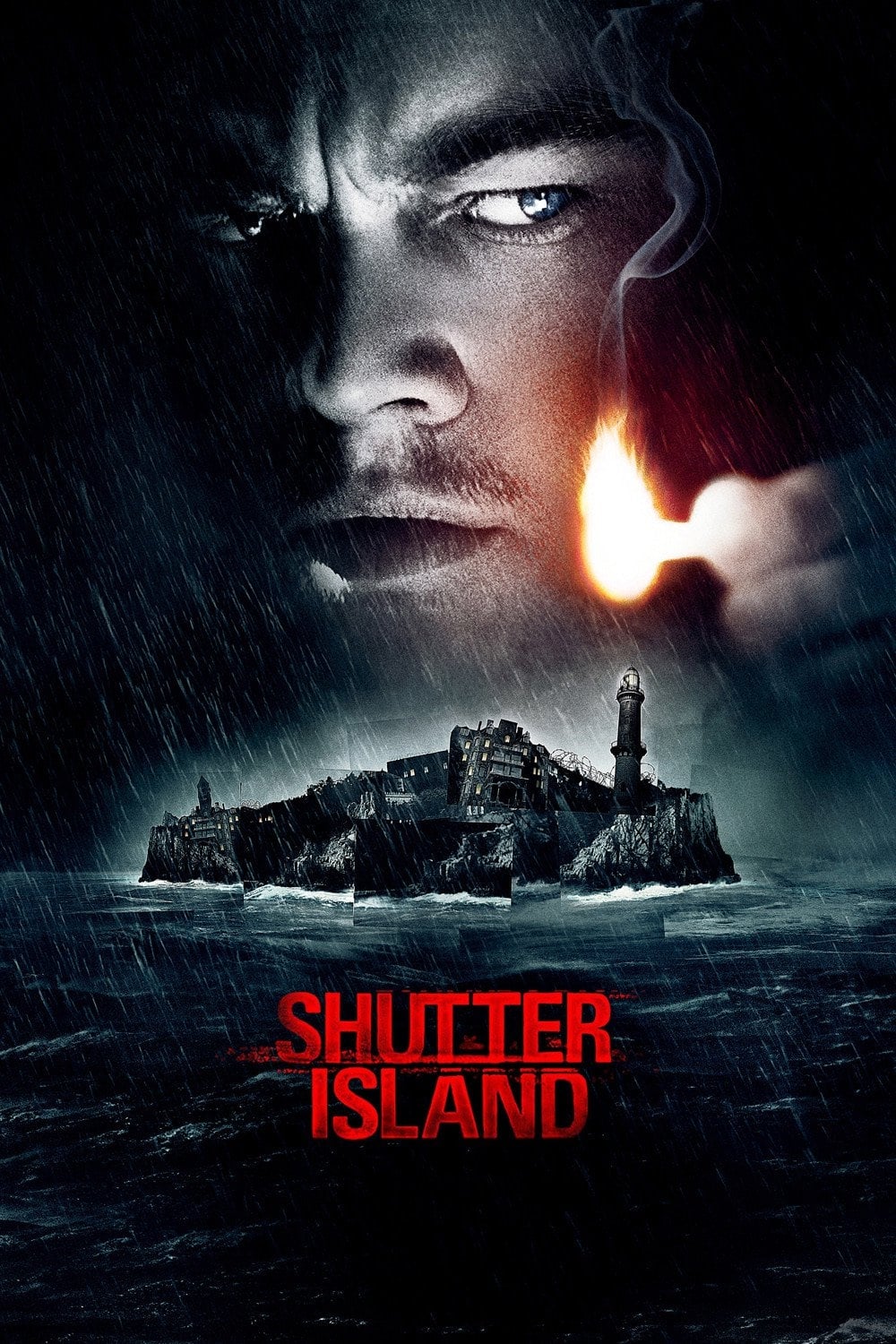
Two federal marshals go to a mental hospital for criminals to find a patient who has disappeared. Their investigation involves reviewing patient records, observing how staff work, and searching the secure areas of the hospital, as well as tracking medications and conducting interviews. The search is made more difficult by storm damage and power outages, which disrupt normal procedures.
The movie cleverly uses cramped settings and strict rules to highlight what’s shown versus what’s hidden. It makes you wonder about whether documents are genuine and how therapy can affect what people remember and see. Every step of the process feels like a challenge to determine what truly qualifies as proof.
‘Black Swan’ (2010)
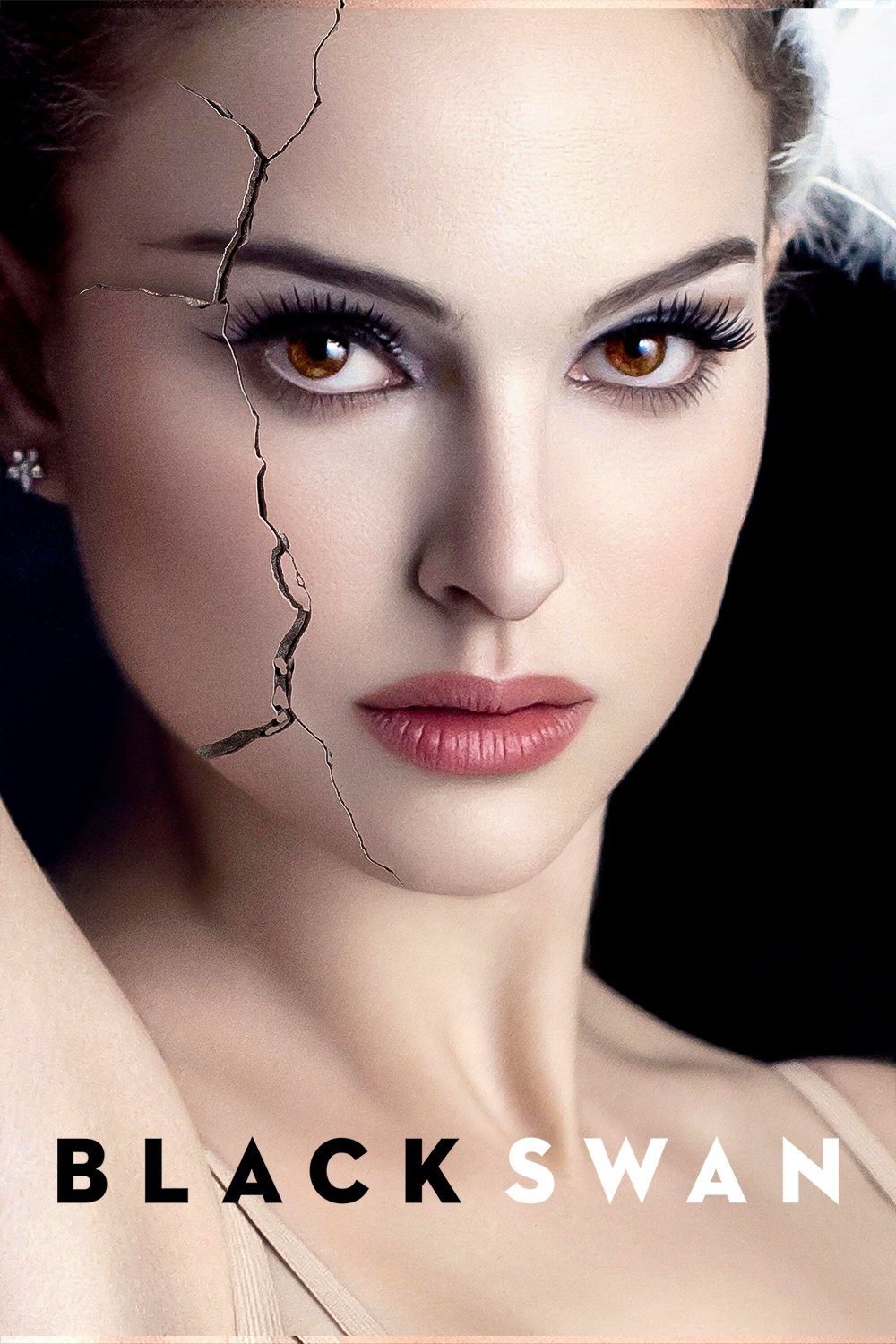
A ballerina is getting ready to play two very different roles at once, and the strain is causing her to question who she is. The story follows her intense rehearsals, the advice she receives from her coach, and the physical challenges she faces as opening night approaches. The constant use of mirrors and having to portray a double create a confusing and unsettling atmosphere in the dance studio.
This film explores everything that goes into creating a performance – from what the actors eat and what they wear, to the director’s guidance. It also examines how competition and pressure can skew communication and perception. The filmmaking style is intimate, with the camera focusing on details and reflections, creating a sense that anything could be observed or overheard.
‘Take Shelter’ (2011)
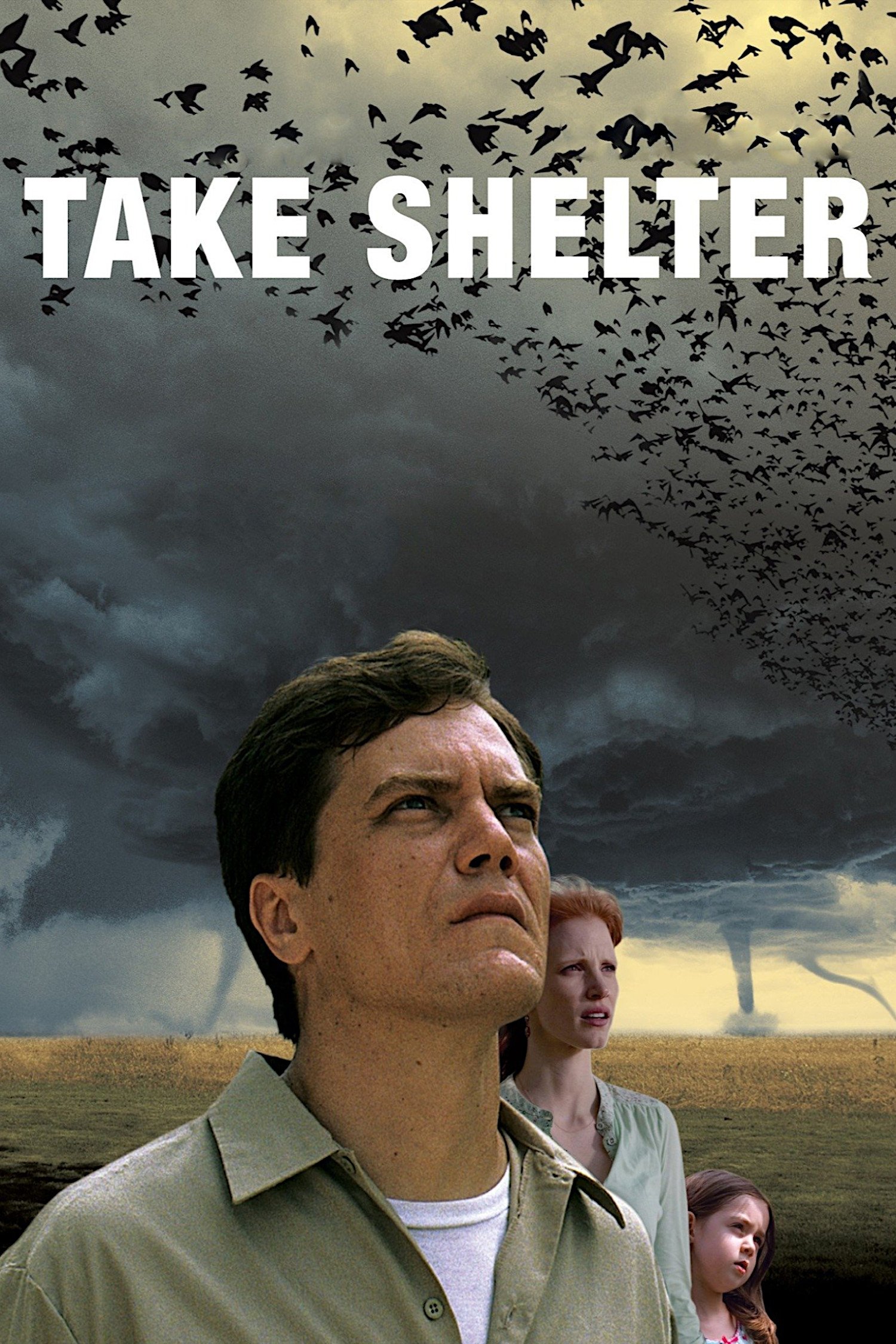
A construction foreman believes a huge storm is on its way and starts building a shelter. The story explores how this belief affects his family’s money, his job, and even medical choices, as he struggles to balance getting ready for the storm with everyday life. It demonstrates how a strong conviction can change all the decisions a family makes.
The movie follows the main character as they record and analyze sounds and weather patterns. It explores how a small town reacts to strange occurrences, and how preparing for potential disaster affects personal connections. The construction of a shelter isn’t just a building project – it’s also a reflection of the town’s growing fear.
‘Under the Skin’ (2013)
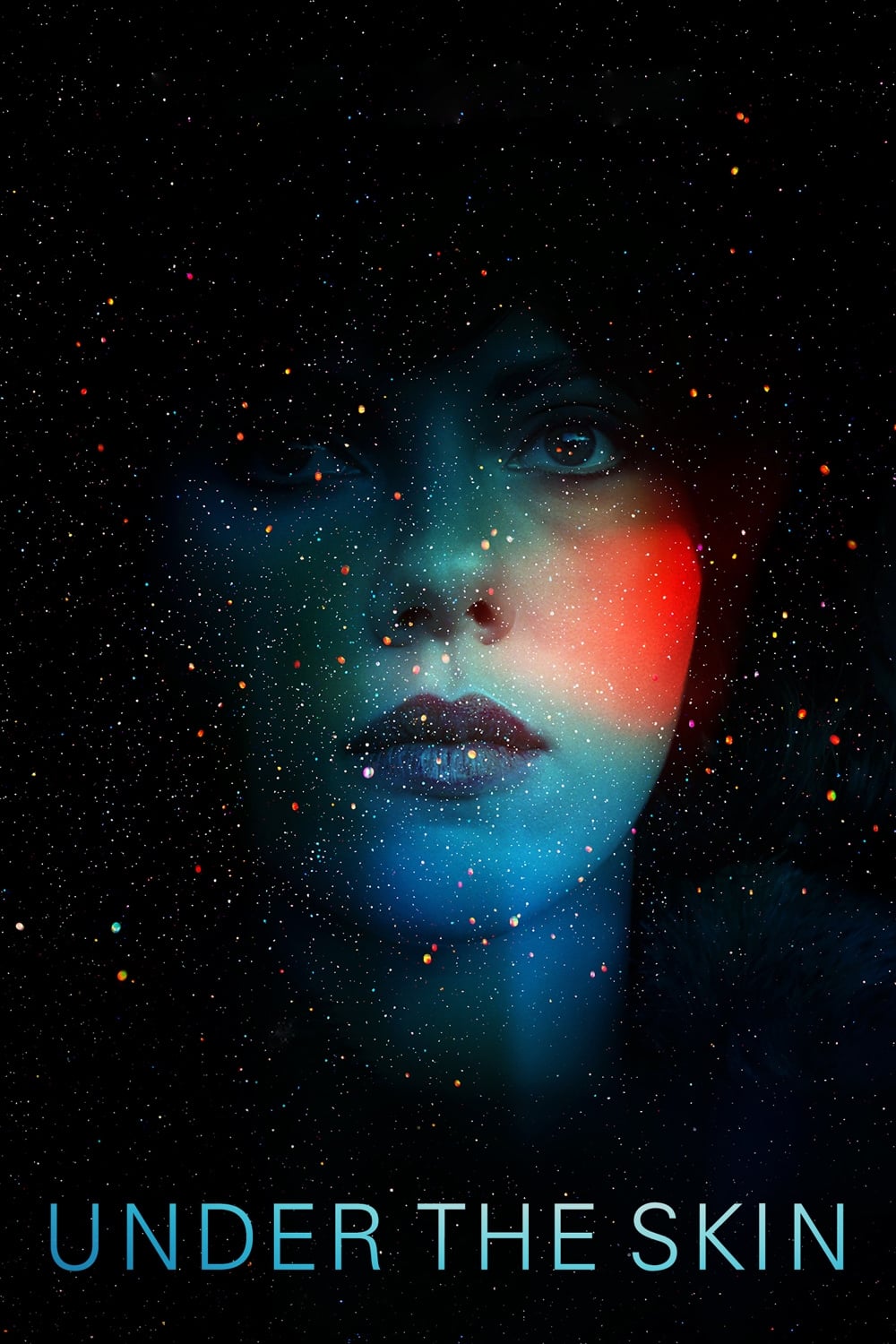
A strange woman travels through Scotland in a van, attracting men who then vanish, their bodies seemingly dissolving. The film blends acted scenes with footage of real people on the streets, creating a realistic, documentary-style feel. The van itself is presented as a mobile set, actively seeking out victims.
The film relies on very little conversation and a driving musical score to focus on what characters look at and how they move. It meticulously observes habits of picking up people, the routes they take, and how certain empty, industrial areas seem to guide them. The overall effect is like a carefully conducted, detached observation study.
‘Coherence’ (2013)
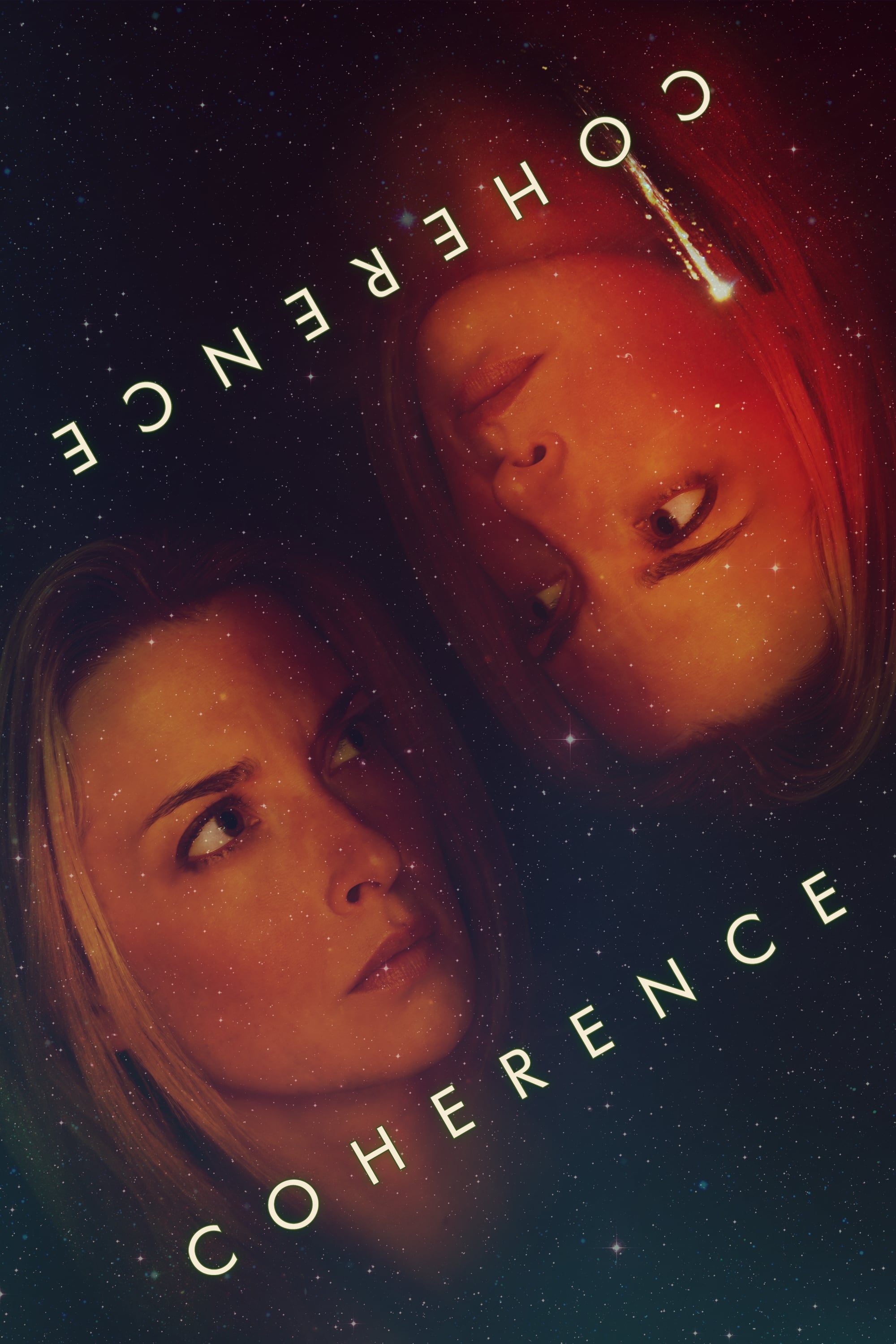
While friends are having dinner, a comet streaks across the sky and a strange power surge causes reality to fracture, creating multiple alternate versions of their world. To keep track of which house they’re in and who’s with whom, the group relies on simple things like glow sticks, notes, and markings on boxes. The story highlights how easily these systems break down when identical copies of everything start appearing.
The movie takes place entirely in one location and relies on actors making up their lines as they go, creating a sense of real-time disorientation. As the story unfolds, characters develop rules based on what they observe and try, like using shared memories to prove who they are. Because everything feels so basic and immediate, each attempt to confirm identities or information feels both possible and easily broken.
’10 Cloverfield Lane’ (2016)
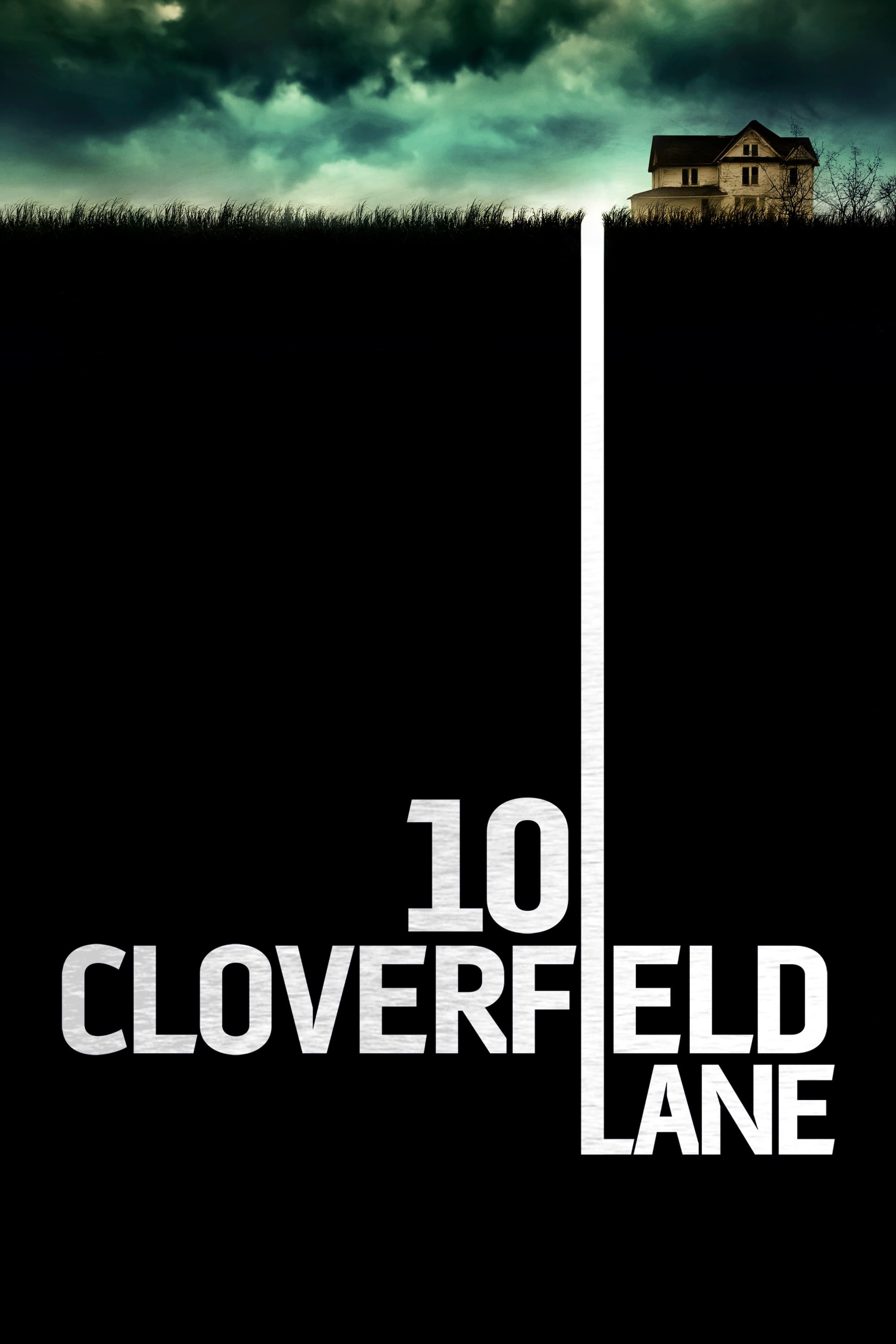
A woman finds herself waking up in an underground bunker alongside two men, who tell her the outside air is unsafe. The story focuses on the details of surviving in the shelter – things like keeping track of supplies, maintaining the air filters, and following emergency procedures – creating a realistic sense of how life would be. Everyday objects like locks, vents, and tools are used to create challenges and obstacles.
The movie builds suspense by showing different versions of events and how hard it is to figure out what really happened. It suggests that things like radios, games, and even proper manners are ways people try to keep things under control. Characters attempt to escape by collecting useful items and practicing their plans until they’re perfect.
‘Hereditary’ (2018)

This film follows a family grappling with loss, and how their grief leads them to uncover a secret, organized network. They discover a hidden pattern within their home, revealed through detailed miniatures, spiritual gatherings, and strange objects. The film pieces together the workings of this plan using old notes, academic texts, and the family’s past.
The film focuses on how traditions and routines are passed down through families. The camera carefully examines the physical spaces – doorways, attics, and how rooms connect – almost like looking at architectural plans. This creates a sense that what happens to us feels predetermined, as if shaped by the past.
Share the titles that left you double checking locks and shadows in the comments.
Read More
- Silver Rate Forecast
- Gold Rate Forecast
- Красный Октябрь акции прогноз. Цена KROT
- Navitas: A Director’s Exit and the Market’s Musing
- VUG vs. VOOG: A Kafkaesque Dilemma in Growth ETFs
- Deepfake Drama Alert: Crypto’s New Nemesis Is Your AI Twin! 🧠💸
- SentinelOne’s Sisyphean Siege: A Study in Cybersecurity Hubris
- Unlocking Text Data with Interpretable Embeddings
- 2026 Stock Market Predictions: What’s Next?
- VOOG vs. MGK: Dividend Prospects in Growth Titans’ Shadows
2025-10-13 06:21